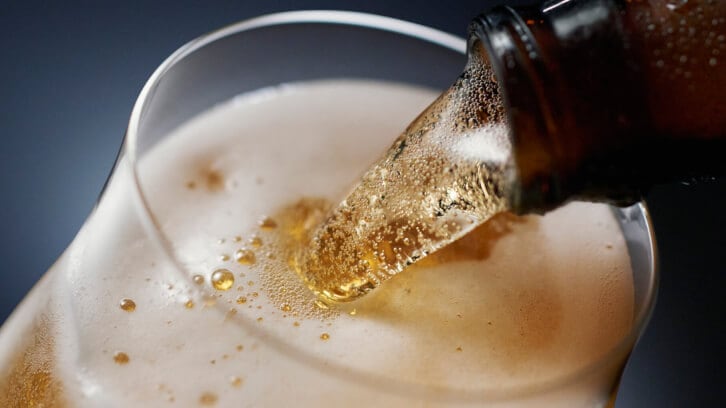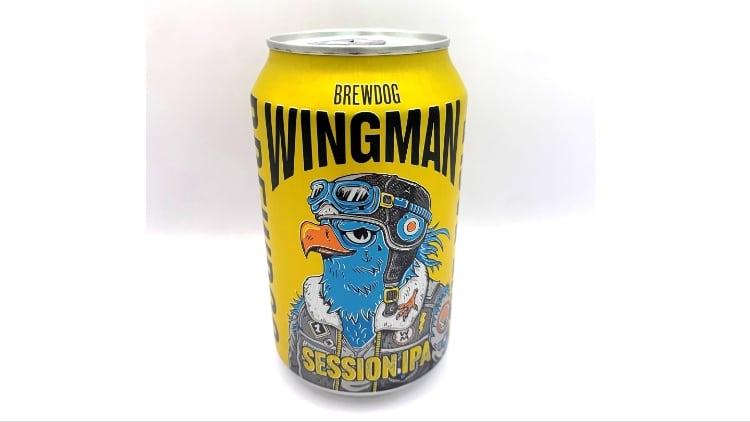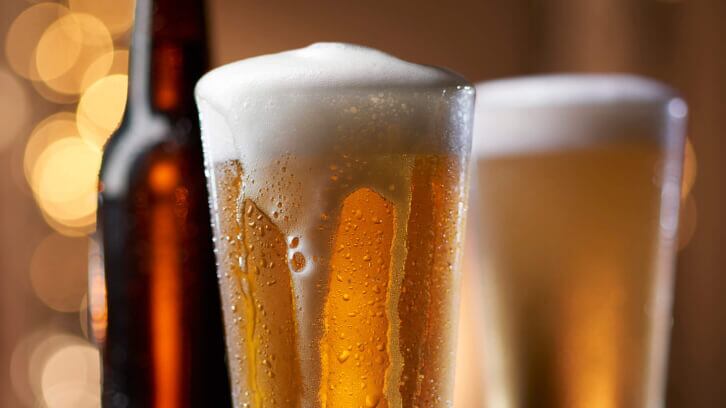Society for Independent Brewers head of communications and marketing, Neil Walker, told the Morning Advertiser stocking canned and bottled beers alongside draught was a “low risk” way for pubs to “experiment” and “expand their beer range” while minimising the risk of throwing beer away.
“If you're wanting to expand your beer range, perhaps wanting to have some more unusual, darker or stronger beers or attract that craft beer drinker, having a decent range of bottles and cans is a really good way to do that.
“It’s much lower risk. You can have them in the fridge and they're going to keep a decent amount of time. If you find everyone's enjoying a specific type of beer then you can look and at it on cask or keg”, he said.
Though Walker added “range” was important, both with styles and formats.
He continued: “You don't need four identical global lagers, you could take one of those lines and serve a local craft beer or a local pale ale or even a local lager, but a good way to test it and see what your customers like is by using bottles and cans.
“It's good to have a range of both [bottles and cans] though, because people do have personal preferences; some people will always prefer to have a bottle while younger craft beer drinkers increasingly expect it to be in a can.”
Vastly improved
In addition, Walker explained the technology for canned beer has “vastly improved”, with steps taken to reduce the risk of a “metallic taste” often associated with cans in the past.
However, the beer aficionado advised it should “always be poured into a glass to avoid any impact on the flavour”.
“Most cans are now polymer lined, which means there is a very thin plastic lining on the cans of beer, so it does not come into contact with any metal whatsoever”, he explained.
When it comes to bottled beer, Walker advised the impact on the flavour is “exactly the same” as with cans and that both formats should be kept in a dark and cold fridge to avoid them becoming “lightstruck”.
This, in addition to taking up less space in the fridge, is where canned beers can be more beneficial in some ways for pubs, Walker added.
He continued: “You don't want light to get into your beer otherwise you get a thing called lightstrike, which can make a beer taste off, the least light possible getting to the beer is good and cans are obviously going to make sure zero light to gets into that beer.
“For bottles, it's important to go with dark brown glass; green or clear glass bottles are terrible for beer. Also, beers that are packaged into clear glass sometimes have things added to stop them tasting off or becoming lightstruck.
“As long as the beer is kept air right, you should be getting the same experience from a bottle or a can, it's all just about keeping the right temperature and keeping it out of light.”
Unusual options
Walker also urged offering different beers in cask format was another great way for pubs to engage consumers and encourage them to try something different.
However, noting the challenges with keeping cask fresh, he advised pubs looking to test the water could introduce serves like nitro stouts, which are carbonated but can offer a “cask-like flavour”.
He said: “With cask beer, one of the best things about it is its freshness but you can only have it on the bar for three days. So, if you don't think you will get through it in three days, you could be throwing beer away.
“Experimenting with some more unusual options by having different beers, porters or nitro stouts for example in keg, can be a great way to test it with your customers without the risk of having to take it off. You can have the cask experience, but on something that lasts longer.”
Walker also likened the treatment of beer, in any format, to wine, adding not all wines are served “ice cold” and beer shouldn’t be either.
For example, Walker explained cask beer should be served between 10 and 13 degrees to allow for “more subtle flavours to come out”, while keg beers work “better cooler” than this due to the carbonation.
He said: “You treat red wines differently to how you treat prosecco or a chilled white wine, the best way to think about beer is to think of it in those terms.”





